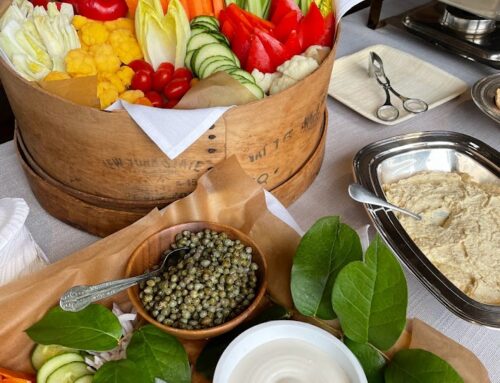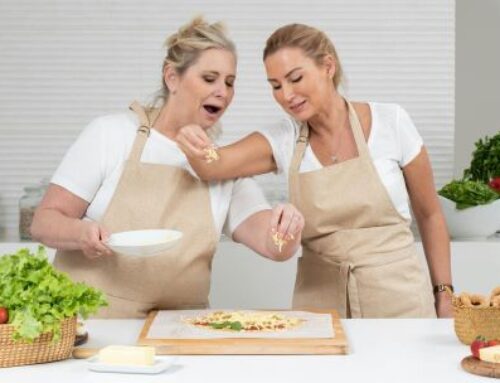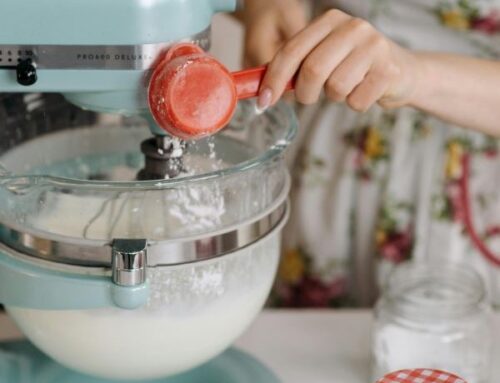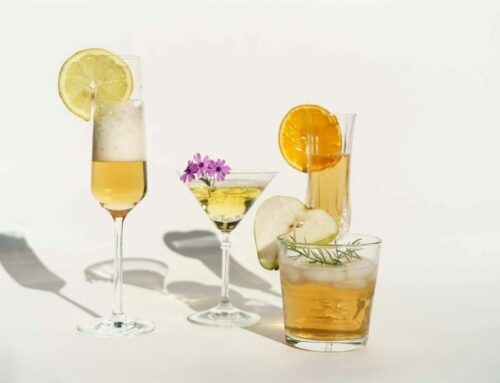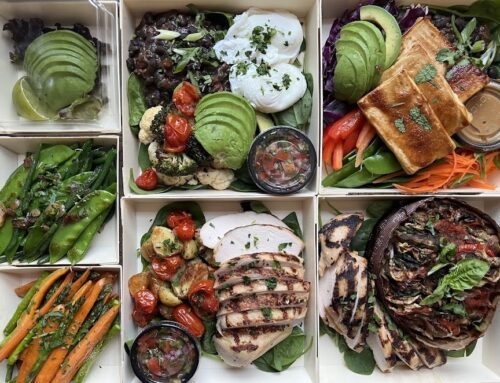Eating a Rainbow, and the Role Ube Plays
 Ube – pronounced “ooo – bay” – is shorthand for the purple yam, Dioscorea alata. Boiled and mashed, it becomes a tasty paste that is almost as synonymous with Filipino cuisine as the national dish, adobo (a meat stew in vinegar, soy sauce, black pepper, and garlic base). In America, sweet potatoes, a completely different Genus species, are often called “yams.” But ube, or ube halaya, is a distinctive deep purple color and the paste can be used flexibly to make a variety of foodstuffs, most often delicious baked rolls. A good way for non-Filipino folk to experience ube is at a Filipino restaurant, but if you are non-Filipino, prepare to be stared at!
Ube – pronounced “ooo – bay” – is shorthand for the purple yam, Dioscorea alata. Boiled and mashed, it becomes a tasty paste that is almost as synonymous with Filipino cuisine as the national dish, adobo (a meat stew in vinegar, soy sauce, black pepper, and garlic base). In America, sweet potatoes, a completely different Genus species, are often called “yams.” But ube, or ube halaya, is a distinctive deep purple color and the paste can be used flexibly to make a variety of foodstuffs, most often delicious baked rolls. A good way for non-Filipino folk to experience ube is at a Filipino restaurant, but if you are non-Filipino, prepare to be stared at!
A Potato Family
One of the advantages is ube is that it’s in the potato family. Potatoes have been a great source of nourishment for humanity throughout history. Famous historical potato famines show just how reliant we are on potatoes. The French Fry is so entangled in American identity that it has been renamed, in times of global conflict, to the Freedom Fry. Sweet potato fries are the only thing besides onion rings that have even come close to giving the mighty French fry any competition. Could one make fries out of ube? Absolutely! Their naturally-sweet taste and unusual color might be an adjustment, but the combination of salty and sweet are two flavors that people crave. It could be an opportunity for ol’ Grimace of the McDonaldland Gang to have fries that match his purple color!
Deep Purple
There is a general rule in health nutrition that the deeper the color occurring naturally in a fruit or vegetable, the greater the health benefit. (This is why nutritionists advocate blueberry, cranberry, red peppers, red grapes, acai, blackberry, eggplant, etc.) Nature grows nutritious fruits and vegetables that already come in pretty colors; artificial coloring arose in as early as 1500 BC, but this was in ancient Egypt, where food preparers used natural ingredients like wine to dye candy. Natural colorants like beets, paprika, turmeric, and elderberry are perfectly fine – and even healthy – to change a food’s look, but artificial chemicals used for the same purpose are linked to health problems. Artificial red dye in particular has been linked to hyperactivity in children. There is even an “orange juice” that looks for all intents and purposes like OJ but has zero actual orange in it. Nutritionists may disagree on fine points but agree on two healthy-eating basics: 1) plant-based eating and 2) to “eat a rainbow” of natural colors. Struggling for purple and don’t like eggplant? Ube is your ticket!
Bex Kitchen relies heavily on plant-based dishes made from scratch. Chef Becky is great at coaxing flavors from vegetables, as some people, since childhood, have had an aversion to them. Check out Bex Kitchen for scrumptious, healthy eating!

